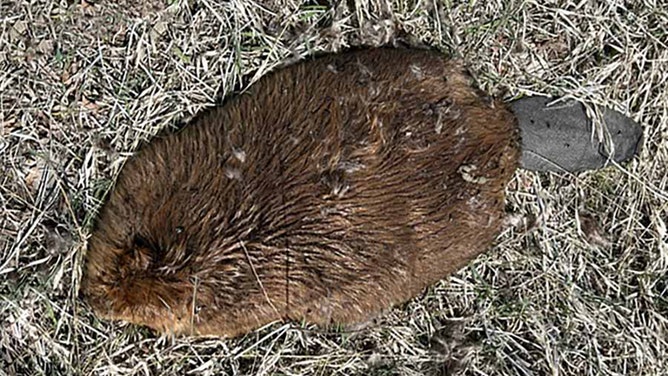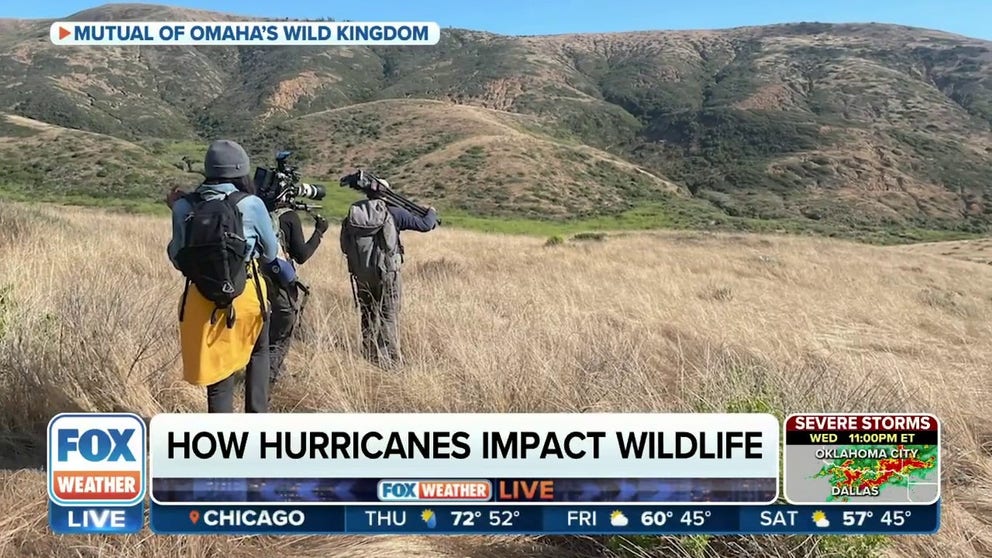Some beavers found dead in Utah infected with disease that can spread to humans, officials warn
The last confirmed case of tularemia killing wildlife in Utah was in 2017 with a cottontail rabbit in the Kanab area.
FILE – How hurricanes impact wildlife
Hurricanes can disrupt migratory patterns and lead to significant impacts of ecosystems.
SALT LAKE CITY – Officials are cautioning outdoor enthusiasts as multiple beavers discovered dead in Utah in recent weeks have tested positive for a disease that can also impact humans.
Between March 23 and April 10, nine beavers unexpectedly died in various locations across Summit, Wasatch and Utah counties, the Utah Division of Wildlife Resources (DWR) said.
The carcasses of two beavers found at the Swaner Preserve & EcoCenter, a beaver discovered at Midway and another near Birdseye were all submitted for disease testing to the Utah Veterinary Diagnostic Lab and the Utah Public Health Lab.
According to the DWR, all three beavers contracted tularemia, also known as rabbit fever, hare plague and deerfly fever. This acute and fatal infectious disease is caused by a bacteria and affects rabbits, hares and other rodents.
ESCAPED MOUNTAIN GOAT DANGLES FROM ROPE IN DARING KANSAS CITY RESCUE 80 FEET ABOVE WATER

Nine beavers were found dead over the last few weeks in Summit, Wasatch and Utah counties. Three were tested and found to be positive for a disease called tularemia, which can also affect humans.
(Utah Division of Wildlife Resources)
"The bacteria that causes this infection is known to be in the environment in many parts of Utah; however, it is unusual to see this many animals die from it at once," DWR Veterinarian Ginger Stout said.
Tularemia is a disease transmitted by ticks or deerflies and can be life-threatening if untreated. However, most infections can be treated with antibiotics, according to the Centers for Disease Control and Prevention.
It is typically spread through the bite of a tick or deerfly, as well as via direct contact with blood or tissue from infected animals, according to the DWR.
The DWR is asking the public to not touch the animals and to report any dead rabbits, beavers or other rodents to wildlife officials.
"There is a concern about the possibility of tick-borne or fly-borne diseases, so it's advised to take the necessary precautions by wearing protective clothing, using appropriate insect repellent and checking for ticks after being in brushy areas," Stout said.
The last confirmed case of tularemia killing wildlife in Utah was in 2017 with a cottontail rabbit in the Kanab area.
